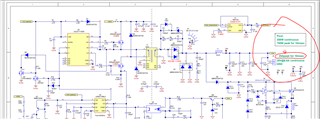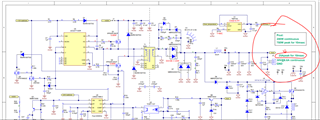Tool/software:
Hello Ti Team,
I am going through PMP30183 reference design.I
In the below PMP30183 schematic it is mentioned that output will support 25A peak current for 10ms time .
Output C10,C11,C12 capacitors will support the 25Apeak current for 10ms time??? can you check and confirm it.

Thanks,
Karthik


